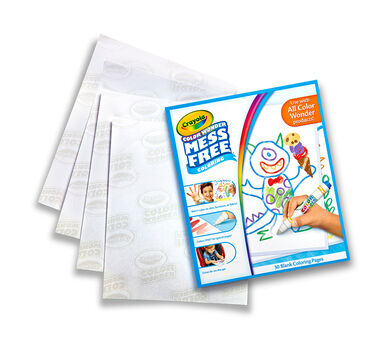There are many resources that can be given to families when providing bereavement support. Below are a few of my favorite things;

Bare Heart Buddy. I love these bears because they have a hidden pocket in them and come in pairs. This means that children can put notes in one for their loved one and leave it at the bedside or in the casket and then they can keep the other bear and put keepsakes in it.

Color Wonder is great for making hand prints. By painting the patient’s hand with a clear gel, it will come up on the magic paper. Their loved one, the parent or sibling, can then add their hands to the picture. Because it’s a clear gel, it’s not as messy as paint it. Although I do want to share with you all one thing that we always remind families, make sure to make color copies! The paint does fade after time to if you copy it, it will last longer.

Fire in My Heart, Ice in My Veins is a journal for teens. If you work with an adolescent population regularly, you know how hard it is to find resources to promote positive coping in teens. Books are either written for children or adults and teens are in this in-between phase where they need targeted support. This journal is specific for end of life situations and offers the reader many opportunities to write and draw their feelings. Because it’s aimed at teens, the wording isn’t so childish that teens feel babied by it but also not written so much for an adult that it loses the teens’ attention.

When Someone Very Special Dies: Children Can Learn to Cope with Grief. This is a journal for school-aged children about death. It focuses on how things change in life and opens a dialogue with children about what grief is.

The Invisible String is a book for school-aged children that talks about loving someone although they aren’t there with you. Because it’s not specific for death, this book can be used for a variety of losses and separation. When used in bereavement settings, it can help lead discussion about how although our loved one isn’t here with us they still love us and we can still love them.

A Terrible Thing Happened is a book for young children about when something bad happens. It talks about the feelings that children might have, like an upset stomach, and how it is helpful to talk to someone about how you are feeling. The terrible thing is vague throughout the book so that this resource can be used for pretty much any bad thing that happens, but it helps children recognize that these feelings are normal and it’s okay to talk about them.
What are your favorite bereavement resources?













